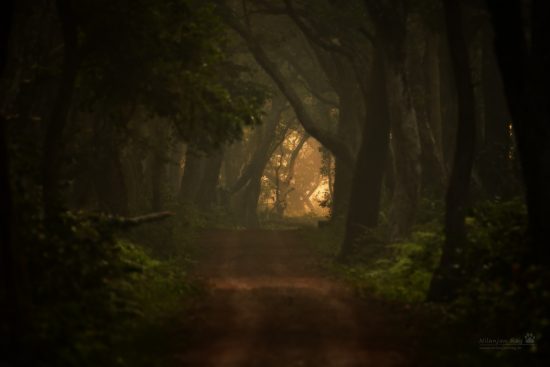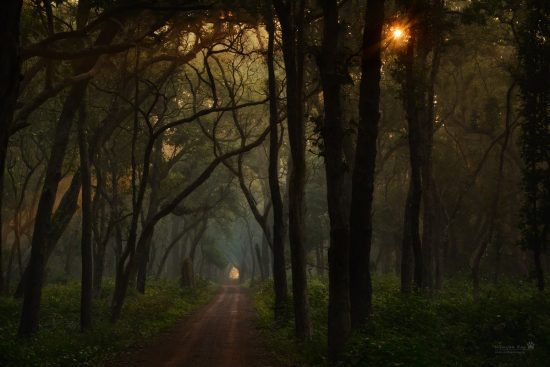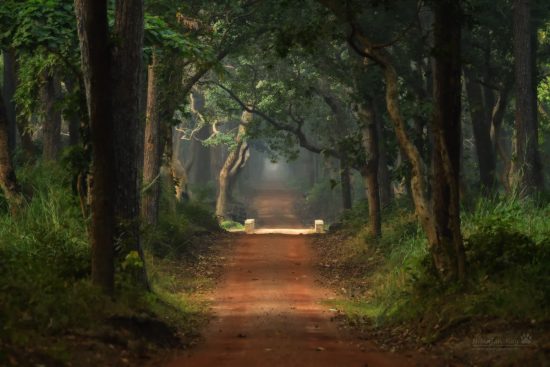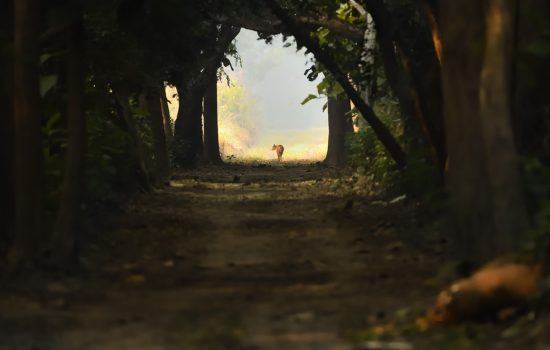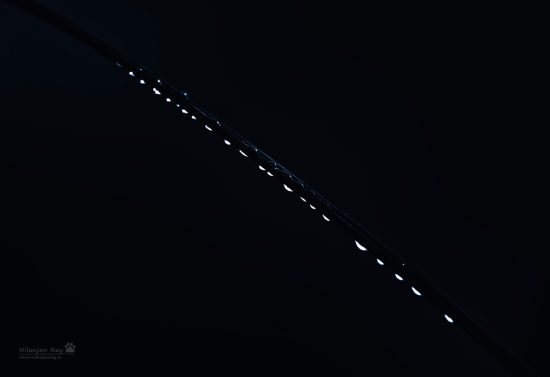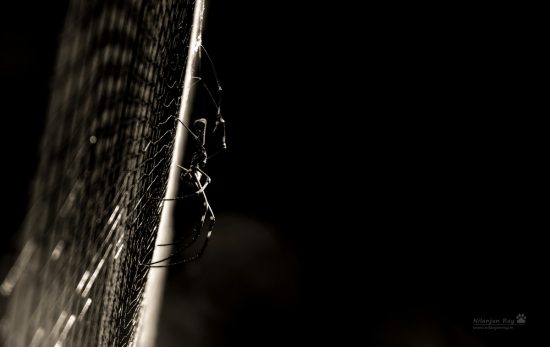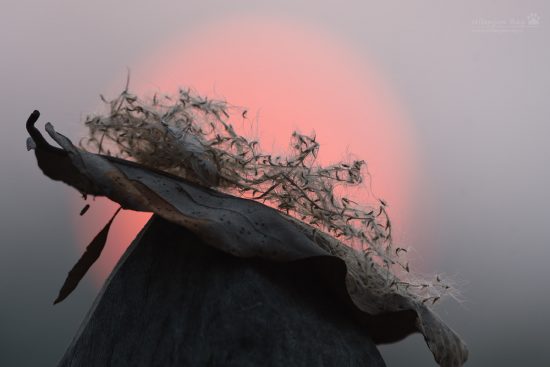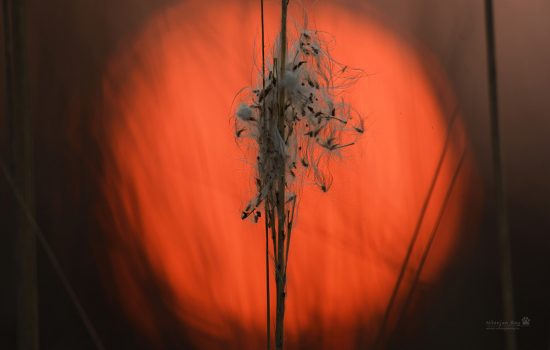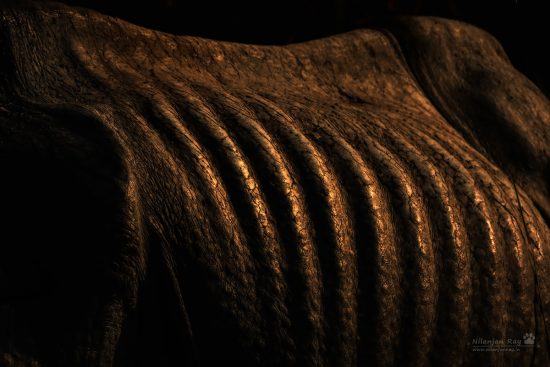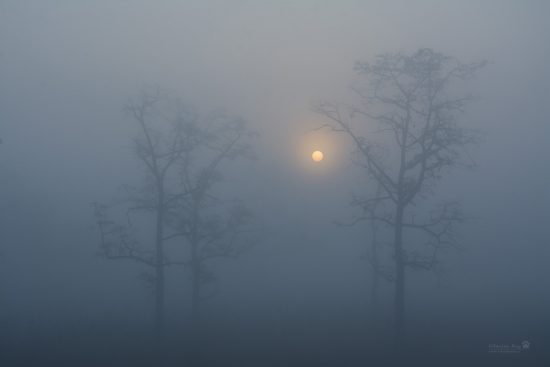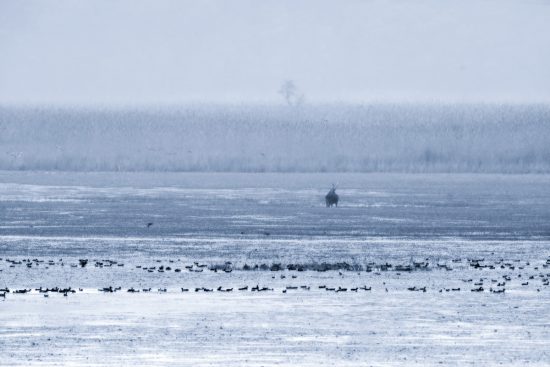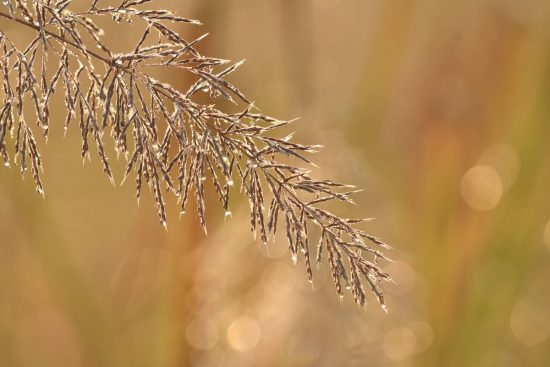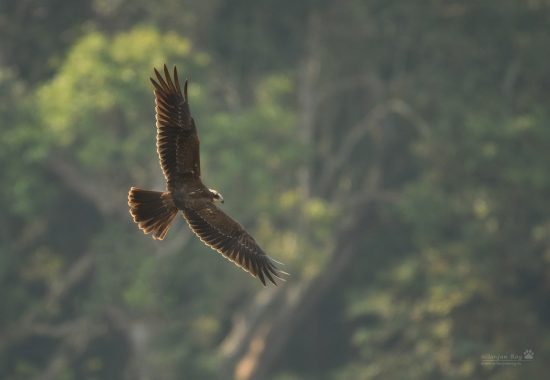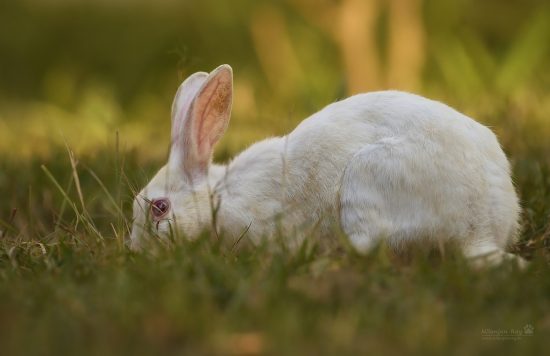Hello! My name is Nilanjan Ray (500px page | Instagram page | website galleries page), and I am an amateur wildlife and nature photographer. Last month I spent a few days in Dudhwa National Park, contiguous to Royal Bardia National Park in Nepal. Dudhwa is located in the Terai region of Northern India, near the Nepal border and the close to the Himalayan foothills. It is famous for its rich and diverse Terai ecosystem, with the terrain mostly comprising grasslands, swamps and tall sal trees.
Choice of kit
Dudhwa had been on my ‘to visit’ list for a while. While I kept my hopes in check regarding mammal sightings (wrong time of the year), I was looking forward to the mist, dew and soft November light that I could expect to encounter. I carried two bodies, a D500 attached to the 200-500mm f/5.6, and a D7100 for wider angle shots. I deliberated long and hard before deciding on the D500 over the D810 (I had used both cameras in the field, so knew what to expect). In hindsight, perhaps it was not the ideal decision (given what I eventually shot), but this is how my original thinking went:
- Dudhwa is full of elephant grass, sometimes 10-12 feet high. And there would be a lot of undergrowth after the monsoons. So better AF would be helpful.
- I would be visiting the park just after it opens, after a 4.5 months monsoon break. Animals take a few weeks to get used to human movement again, so during the initial days they prefer to maintain a distance. So reach would be important.
- Low light performance was comparable between the D500 and D810. D810 was a little better, but the FPS and buffer of the D500 made up for that delta difference in high ISO performance.
- The 20MP of the D500 would deliver better quality IQ than the 16 MP DX crop of the D810, if we were talking about similar reach.
For a change, I flew this time instead of driving. The airline had a 7 kg carry-on baggage limit, so I had to be careful about what to carry.
Days and nights in Dudhwa
I spent the first few days at a tourist complex right beside the forest entry gate, and then stayed at a forest rest house, 13 km inside the core area. The mornings and nights were misty and cold, while the afternoons were warm and dusty. The evenings were spent going through photos and drinking rum under the starry sky. I didn’t see any big cats, but another safari vehicle encountered a big male tiger in the evening when they were coming back from their afternoon safari. I did hear leopards calling close by, when I was staying at the forest rest house. And narrowly (and luckily) missed an encounter with a wild male tusker, when going back to the FRH in the night. We could see its fresh footprints on the narrow track (flanked by 12 feet tall elephant grass on both sides), so had to drive slowly and carefully through the mist, especially at every blind curve.
Setting up the cameras, how the D500 performed
Throughout the trip, I was using auto-ISO, usually capped at ISO 6400, and manual mode. I use back button focus, so I configured the AF-ON button for AF-C D21, and set up the Pv button for AF-ON + Group AF. I didn’t bother setting up the joystick/selector button, since it was too easy to shift the focus point when pressing it. I didn’t get much chance to shoot action, so blocked shot AF response and subject motion settings were kept at default settings. To maximize battery life, airplane mode was on all the time (the battery drains too fast otherwise), and mobile synch was off.
The metering of the D500 is very good, reminds me of D810’s metering. While matrix metering was sufficient for most situations, I used centre-weighted metering for a few focus + meter + recompose shots.
Not much to write about the D500’s AF, it is fantastic (a few shots of feeding swallows, taken during a previous trip: photo 1 | photo 2, this last one is an ISO 10000 shot). And perhaps a little better than the 7D Mk2 (a friend was carrying the 7D Mk2 + the new 100-400mm IS2). But I do find that it has quirks when one shoots mammals, especially one walking towards the shooter, with undergrowth close to the face of the animal. When using AF-C D21, sometimes a nearby blade of grass or branch catches the attention of the AF, even when the AF point was squarely on the eyes of the animal (I felt that AF-C D9 of the older Nikons was a little more consistent and predictable than this new D21, for keeping focus on the eyes of an approaching animal; anyway, sometimes I ended up using single point AF). And Group is not that effective if there are other distractions close to the shooter than the subject e.g. when an animal is emerging through undergrowth or grass. Another funny thing with Group AF (only to be expected, given that it gives priority to closer objects) – if the animal has a long or high contrast snout, sometimes the focus will be on the snout than on the eyes.
D500 weather sealing seemed to be rather good (for a non-flagship body), I didn’t face any issues in the dust or when there was heavy condensation. High ISO performance is excellent for a DX, and totally adequate for my kind of trips. That forest road shot – the one with the bridge – is an ISO 5600 shot, it was often dark under the canopy.
The D7100 was kept to 14 bit RAW, f/8, aperture priority mode and ISO 100 or 200. I only used it for a few landscape shots. The 200mm starting focal length of the 200-500mm is rather limiting at times, and the 80-400mm (which I have used earlier) is much better for impromptu forest scapes, if one wants to carry just one body and lens on a safari. The D500 with the 200-500mm, and the D810 with a 70-200mm f/2.8 (for animal escapes and close encounters), along with a wide angle, would be the ideal safari kit. But then again, ‘ideal’ kit depends on the park, the season, expected behavior of wildlife (including distance maintained) and mode of transport.
In the end, I didn’t see much wildlife, but had a lovely time chasing the light and experiencing the forest with all my senses. Not that it stopped me from cribbing when the scene was lovely and the light was perfect, but there was no animal subject :). In a way that was good, because it forced me to look out for non-wildlife subjects, and think of how to best use the focal lengths I was stuck with. Disclaimer: when I encounter tigers, the world stops moving, and I am oblivious to anything else, so I am sure I wouldn’t have clicked some of the shots I did, if I were stalking big cats instead of stalking the light. The few action shots that I did take – in harsh light – ended up being snapshots, and since I am not a birder, I wasn’t too enamored with them.
I hope to be back in Dudhwa next year, when the grass has dried up, and when there is a higher chance of encountering the huge Dudhwa tigers. Thanks for reading.
Connect with me: 500px | Instagram | Twitter.

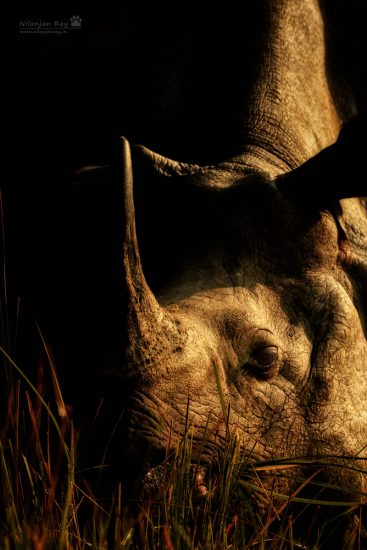
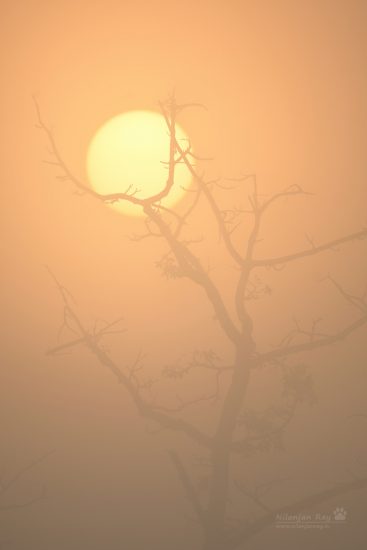
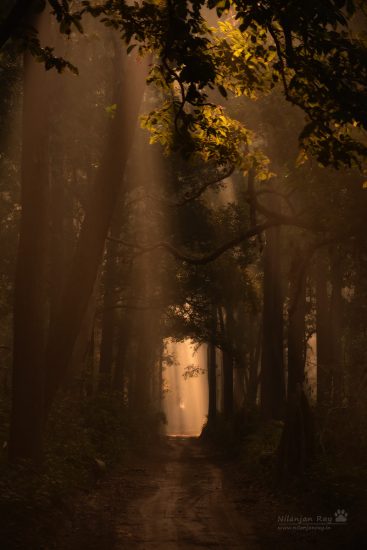
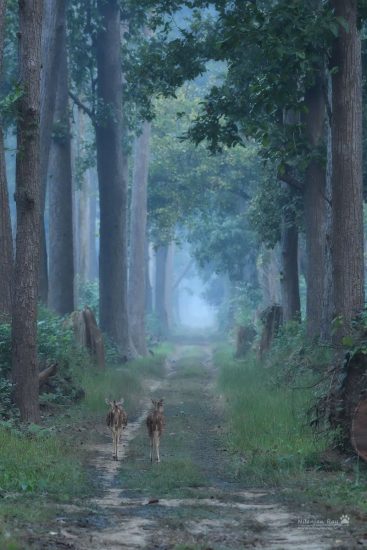
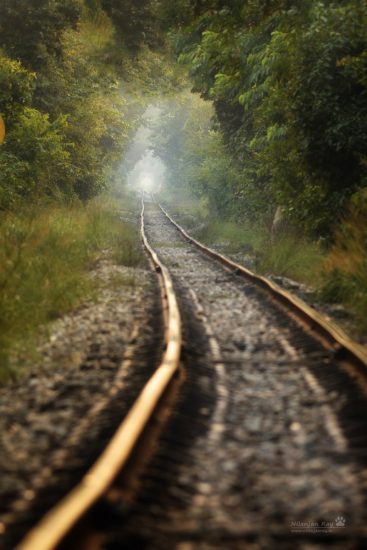
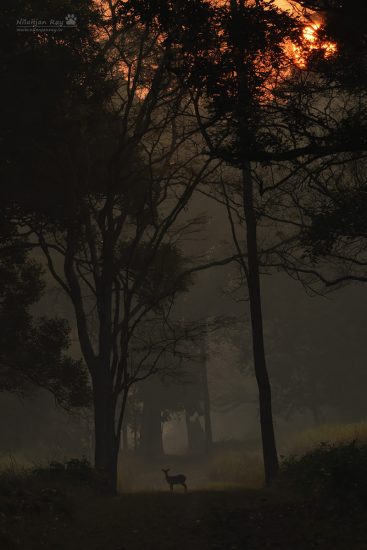
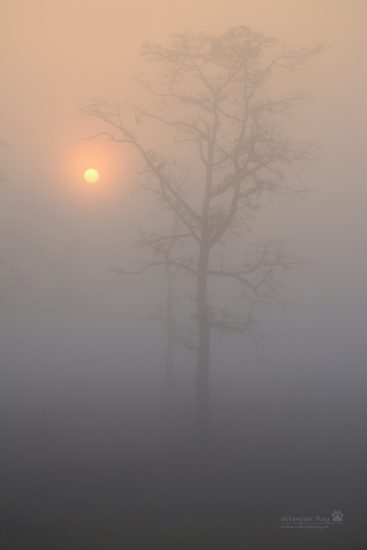
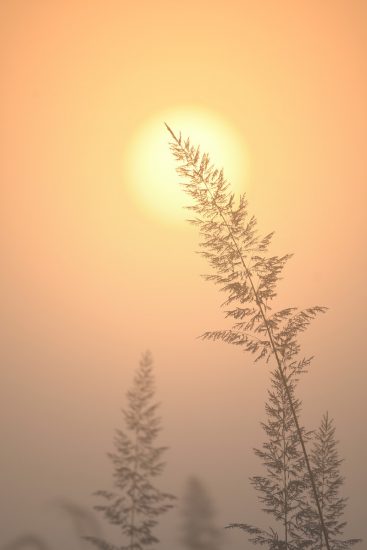
If you have an interesting idea for a guest post, you can contact me here.
